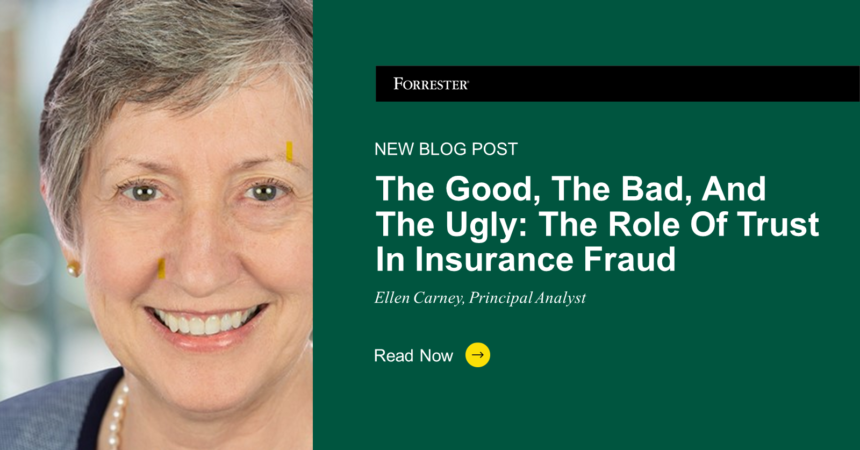Insurance fraud is a big—really big—business in the US. In 2022, insurance fraud across all insurance lines amounted to nearly $309 billion. That’s not too far behind tech giant Apple’s $394.3 billion in total sales in 2022. It says something when US insurance fraud costs rival the global sales of world’s most valuable company.
And the scale of that fraud is growing. According to Transunion’s quarterly fraud tracking service, global digital fraud attempts in the insurance industry experienced the biggest rise on a year-over-year basis, increasing 159% between Q2 2021 and Q2 2022. Earlier this year, Forrester looked at the state of insurance fraud, interviewing a variety of stakeholders on its drivers and what’s working (and not working) in identifying and mitigating insurance fraud.
Fraud Has Been A Persistent Problem For Centuries—And It’s Getting Worse
As long as insurance has existed, there’s been insurance fraud. The first recorded case of insurance fraud goes back to 300 B.C. when a Greek sea merchant, Hegestratos, devised a scheme to sink an empty ship, pocket the “insurance,” and later sell the grain he never shipped. He failed. His failure hasn’t stopped fraudsters from perpetrating similar cons in ingenious ways. Insurance fraud is on the rise because of:
- The blinders of CX. Insurers have historically prioritized improving the customer experience (CX). And if the objective is attracting new customers, red flagging legit applications or claims as “suspicious” is a sure way to lose sales and customers. But taking a “customer is always right” approach is often wrong, and that’s when trust goes off the rails.
- A surge in online sales and service. Despite the disruption of COVID-19, insurers still had to meet sales goals and service claims, even if face-to-face interaction with the applicant or claimant wasn’t possible or desirable. Under pressure to shore up underwriting performance, insurers took more online applications for all kinds of coverage. The result was substantial increases in application and claims fraud across all insurance lines, as insurers had no choice but to trust the digital customer.
- Big increases in screen time during and after the pandemic As an example, fraud and computer misuse offenses in the UK increased substantially during the pandemic, while many other types of crime decreased.
- More fraud perpetrators are seizing the moment. There is a pervasive sentiment among insurance customers: “I’ve bought insurance, and when I need it, I trust that I’m going to get something back.” In Value Penguin’s most recent fraud survey, nine percent of Millennials admitted to asking repairers to inflate costs in order to cover deductibles, while five percent said that they overstated an item’s value in a home burglary. And it’s not only affecting traditional insurers, but also retained risk groups and reinsurers that suffer from funding pressures.
- Manual processes thwarting detection and investigation. Many carriers, especially small ones, rely on underequipped investigative teams that predominantly “eyeball” claims, and trust in their collective experience to try to identify and investigate fraud. These methods usually suffer from lack of transparency, repeatability and consistency, variable accuracy, and high costs.
Fighting Insurance Fraud Builds On Three Pillars
What did we learn from our interviews? That there is no silver bullet that solves all insurance fraud management problems. Line of business, fraud management, and security and risk professionals at insurers need to collaborate closely to fight insurance fraud. Doing so is only feasible with synergies among the people, process, and technology domains.
Want to learn more about what we learned? Join us at Forrester’s Security & Risk Forum 2023 in Washington, D.C. and attend our session “Powering Trust Means Taking Smarter Risks.” Can’t attend in person? Not a worry—you can attend virtually. You can learn more about the Forum here and read the report here.








